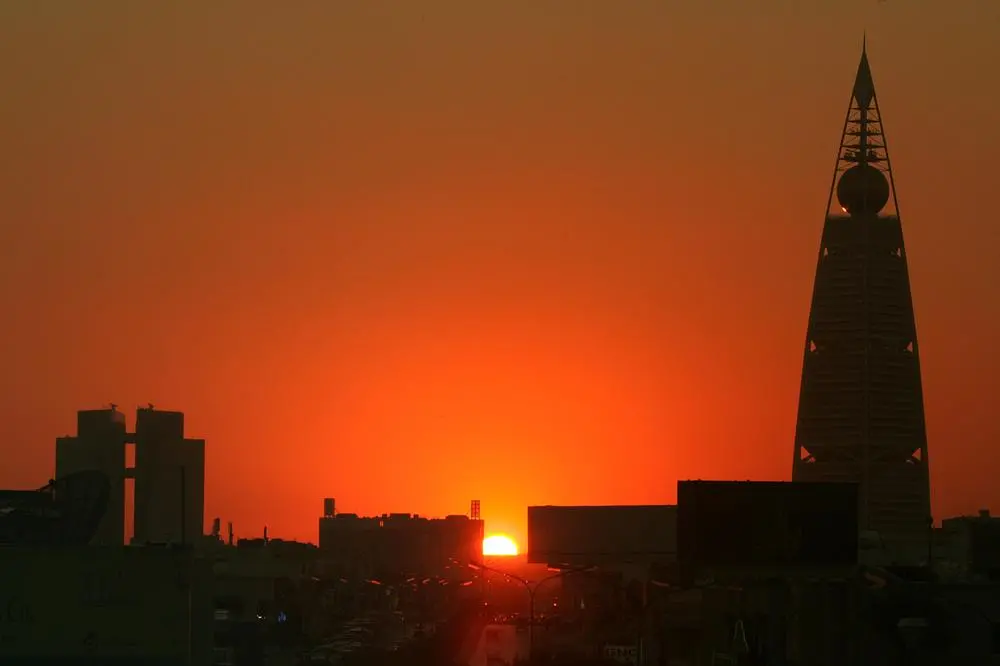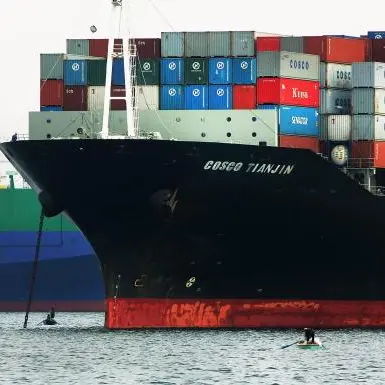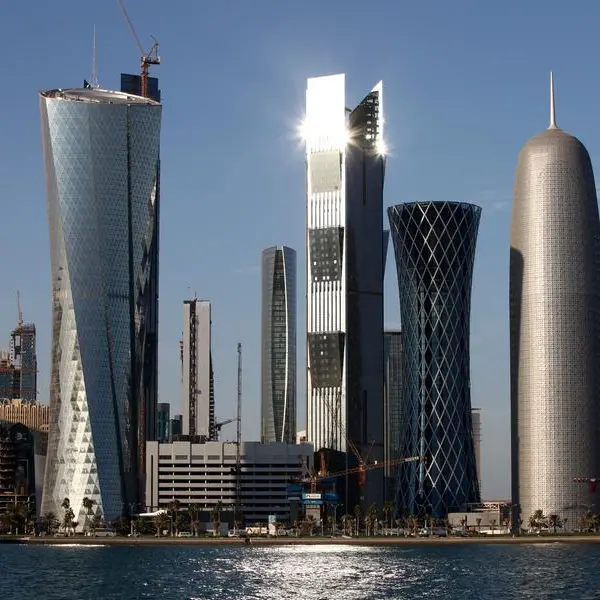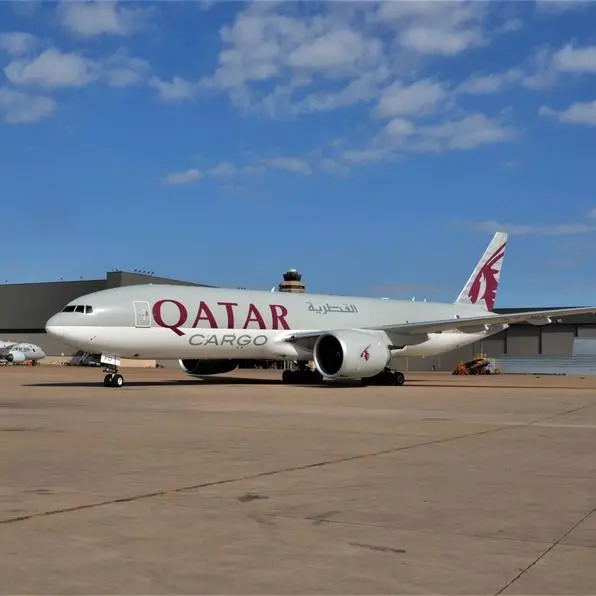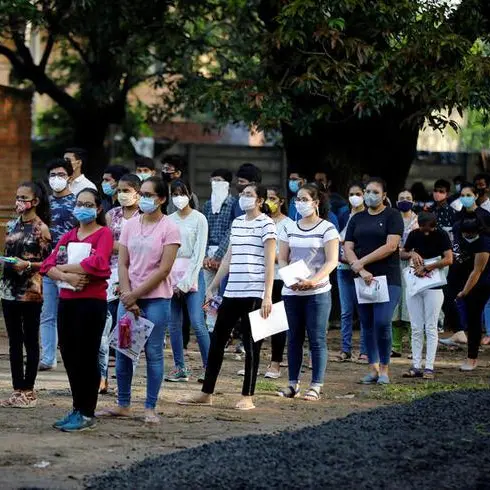PHOTO
* Saudis under pressure to produce huge issue
* But may raise much less to set cheap benchmark
* Investors may demand premium beyond rating gap
* Spreads of 25-60 bps over Qatar possible
* 30-year tranche could offer big incentive
By Davide Barbuscia
DUBAI, Oct 17 (Reuters) - Potential investors in the Saudi Arabian government's first international bond issue are preoccupied by a key question: how will the Saudis resolve their dilemma between size and pricing
Any issuer must choose between raising as much money as it can and selling debt as cheaply as possible. But as Saudi Arabia holds investor roadshows in the United States this week, the choice looks particularly acute.
With a 2016 state budget that envisages an $87 billion deficit, and tightening bank liquidity at home making it increasingly difficult to sell large amounts of debt domestically, Riyadh is under pressure to maximise the size of its international issue.
That has some bankers predicting an issue of as much as $15 billion or more - conceivably surpassing Argentina's $16.5 billion issue in April, the biggest emerging market sovereign sale to date.
"They'll come to market and they will come in a big way," said Hani Ibrahim, head of debt capital markets at Qatari investment bank QInvest. "They need to fill a big funding gap and there's a limit to how much they can raise domestically.
"Also, Qatar is a small country. How can Qatar issue $9 billion and Saudi less than that" he added, referring to a debt sale by Doha in May.
But Riyadh's decision is complicated because its debut issue will set a benchmark for future sales - not only by the central government, but by a string of Saudi companies that intend to raise money overseas.
That may persuade the Saudis to forego billions of dollars of size in order to keep down the yield on the issue, which will have five-, 10- and 30-year tranches.
"With low oil prices, budget deficits are here to stay for a few years, and Saudi Arabia will need to approach international capital markets on a frequent basis," said Anita Yadav, head of fixed income research at Emirates NBD in Dubai.
"Given the importance of setting a benchmark not only for its own future issues but also for potential bond offerings from government-owned entities, I think Saudi Arabia's government will be very vigilant about pricing. It is likely that the government will compromise on size over pricing at this stage."
PRICING
Although Saudi officials did not make specific pricing proposals at roadshows in London last week, bankers involved in the transaction said the kingdom wanted to market itself as a G20 country rather than an emerging market - and was therefore aiming for tight pricing.
But many investors see Qatar's bond as a comparison for the Saudi issue, and regardless of size, the Saudis are widely expected to pay more. Qatar issued $3.5 billion of five-year bonds in May at 120 basis points over U.S. Treasuries, $3.5 billion of 10-year at 150 bps and $2 billion of 30-year at 210 bps.
Qatar, rated Aa2 by Moody's and AA by both Standard & Poor's and Fitch, is between one and four notches above Saudi Arabia.
In addition, some investors may demand a small premium for political risk, which they think isn't fully captured by the ratings.
"There's the difference in credit rating, but also U.S. investors have a different view on the Saudis. They'll consider the Saudis' engagement in Yemen, the much bigger budget deficit, some political uncertainty," Yadav said. "I think even if the Saudis printed only $1 billion, they would still have to pay more than Qatar."
Last month's U.S. Congress vote to let relatives of victims of the Sept. 11 attacks sue Riyadh may also have a small effect.
"Of course the bill will have an impact - look at the Saudi stock market's movement after the bill was passed. And it will affect the size that they will be able to issue as well," said a Dubai-based debt trader.
Ultimately, one potential investor predicted , spreads for the three tranches of the Saudi bond will price between 30 and 60 bps above Qatar. Another forecast a 25 bps premium for the five-year tranche and 50 bps for the 30-year.
"The 30-year tranche is the more interesting in terms of yields, and I believe they will offer incentives to invest in the longest piece of debt," said Angelo James Rossetto, investment manager at GMSA Investments, a London-based asset manager.
"Qatar's 30-year tranche was offered at 210 bps over U.S. Treasuries and is now trading in the 180 bps region. I believe the Saudis will be aggressive at the beginning and they'll try to price the bond at around 200 bps."
(Additional reporting by Hadeel Al Sayegh; Editing by Andrew Torchia, Larry King) ((Davide.Barbuscia@thomsonreuters.com;))
* But may raise much less to set cheap benchmark
* Investors may demand premium beyond rating gap
* Spreads of 25-60 bps over Qatar possible
* 30-year tranche could offer big incentive
By Davide Barbuscia
DUBAI, Oct 17 (Reuters) - Potential investors in the Saudi Arabian government's first international bond issue are preoccupied by a key question: how will the Saudis resolve their dilemma between size and pricing
Any issuer must choose between raising as much money as it can and selling debt as cheaply as possible. But as Saudi Arabia holds investor roadshows in the United States this week, the choice looks particularly acute.
With a 2016 state budget that envisages an $87 billion deficit, and tightening bank liquidity at home making it increasingly difficult to sell large amounts of debt domestically, Riyadh is under pressure to maximise the size of its international issue.
That has some bankers predicting an issue of as much as $15 billion or more - conceivably surpassing Argentina's $16.5 billion issue in April, the biggest emerging market sovereign sale to date.
"They'll come to market and they will come in a big way," said Hani Ibrahim, head of debt capital markets at Qatari investment bank QInvest. "They need to fill a big funding gap and there's a limit to how much they can raise domestically.
"Also, Qatar is a small country. How can Qatar issue $9 billion and Saudi less than that" he added, referring to a debt sale by Doha in May.
But Riyadh's decision is complicated because its debut issue will set a benchmark for future sales - not only by the central government, but by a string of Saudi companies that intend to raise money overseas.
That may persuade the Saudis to forego billions of dollars of size in order to keep down the yield on the issue, which will have five-, 10- and 30-year tranches.
"With low oil prices, budget deficits are here to stay for a few years, and Saudi Arabia will need to approach international capital markets on a frequent basis," said Anita Yadav, head of fixed income research at Emirates NBD in Dubai.
"Given the importance of setting a benchmark not only for its own future issues but also for potential bond offerings from government-owned entities, I think Saudi Arabia's government will be very vigilant about pricing. It is likely that the government will compromise on size over pricing at this stage."
PRICING
Although Saudi officials did not make specific pricing proposals at roadshows in London last week, bankers involved in the transaction said the kingdom wanted to market itself as a G20 country rather than an emerging market - and was therefore aiming for tight pricing.
But many investors see Qatar's bond as a comparison for the Saudi issue, and regardless of size, the Saudis are widely expected to pay more. Qatar issued $3.5 billion of five-year bonds in May at 120 basis points over U.S. Treasuries, $3.5 billion of 10-year at 150 bps and $2 billion of 30-year at 210 bps.
Qatar, rated Aa2 by Moody's and AA by both Standard & Poor's and Fitch, is between one and four notches above Saudi Arabia.
In addition, some investors may demand a small premium for political risk, which they think isn't fully captured by the ratings.
"There's the difference in credit rating, but also U.S. investors have a different view on the Saudis. They'll consider the Saudis' engagement in Yemen, the much bigger budget deficit, some political uncertainty," Yadav said. "I think even if the Saudis printed only $1 billion, they would still have to pay more than Qatar."
Last month's U.S. Congress vote to let relatives of victims of the Sept. 11 attacks sue Riyadh may also have a small effect.
"Of course the bill will have an impact - look at the Saudi stock market's movement after the bill was passed. And it will affect the size that they will be able to issue as well," said a Dubai-based debt trader.
Ultimately, one potential investor predicted , spreads for the three tranches of the Saudi bond will price between 30 and 60 bps above Qatar. Another forecast a 25 bps premium for the five-year tranche and 50 bps for the 30-year.
"The 30-year tranche is the more interesting in terms of yields, and I believe they will offer incentives to invest in the longest piece of debt," said Angelo James Rossetto, investment manager at GMSA Investments, a London-based asset manager.
"Qatar's 30-year tranche was offered at 210 bps over U.S. Treasuries and is now trading in the 180 bps region. I believe the Saudis will be aggressive at the beginning and they'll try to price the bond at around 200 bps."
(Additional reporting by Hadeel Al Sayegh; Editing by Andrew Torchia, Larry King) ((Davide.Barbuscia@thomsonreuters.com;))
